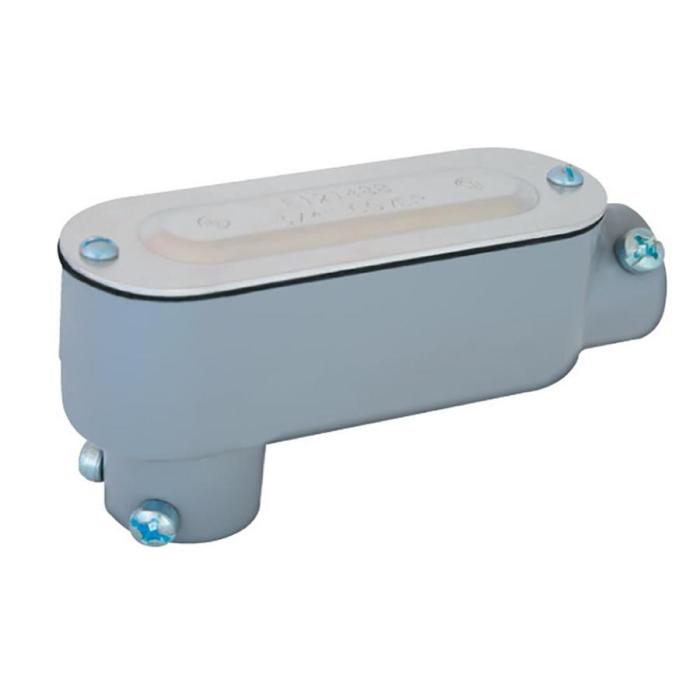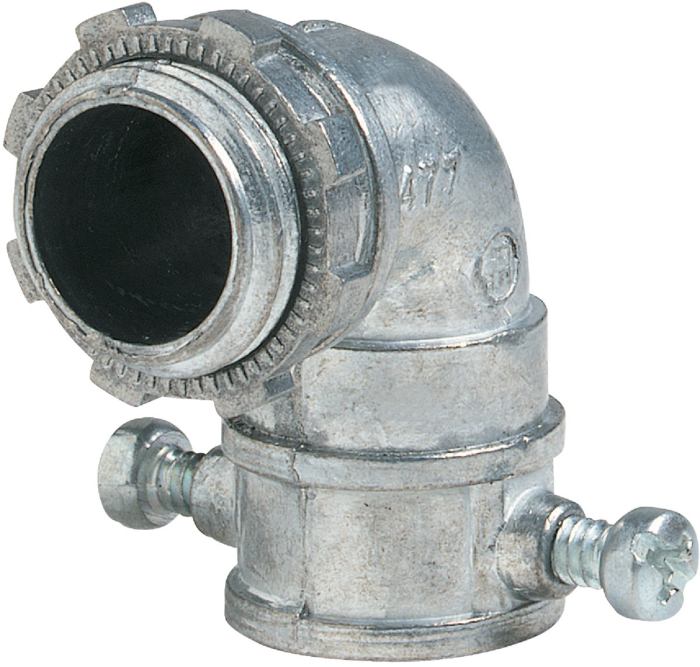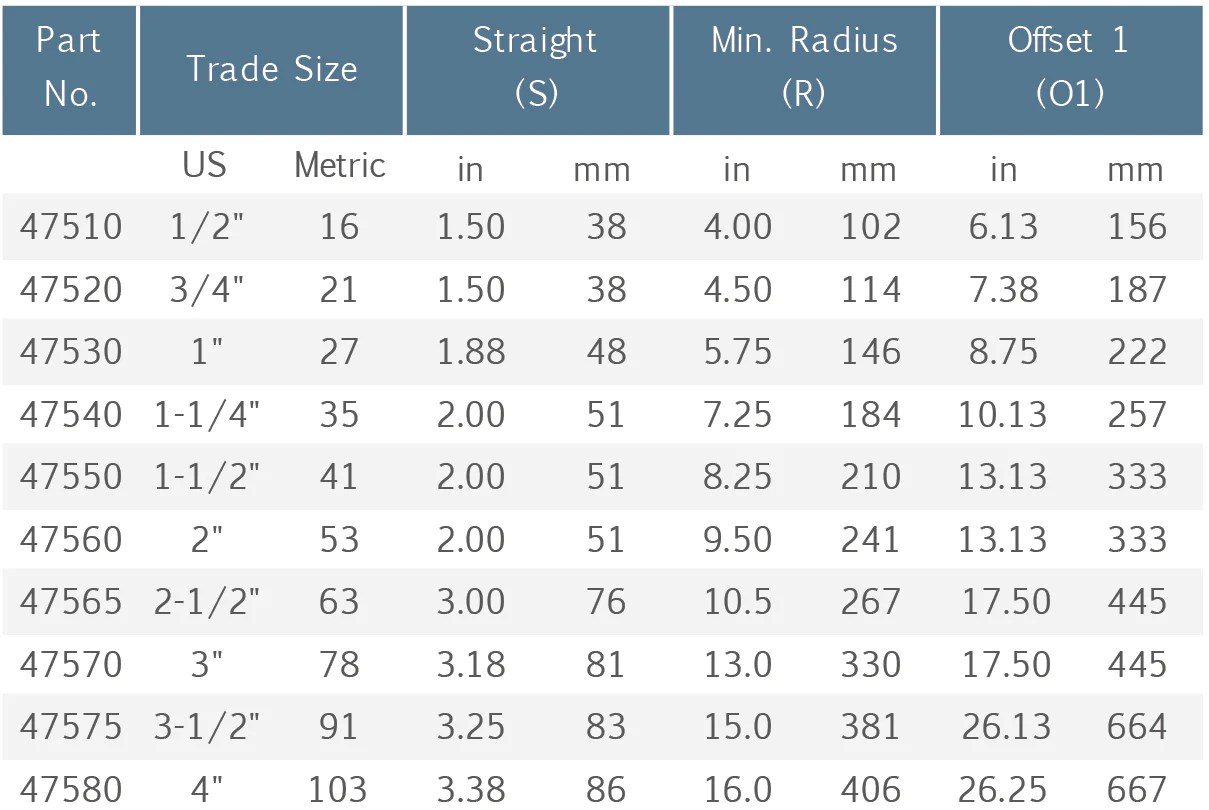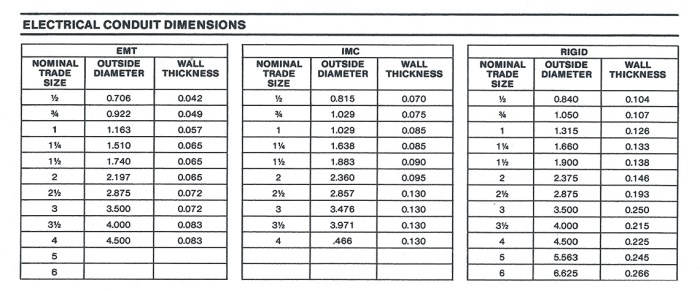Introducing the deduct for 1 1/2 emt 90, a tax deduction designed to provide relief for eligible individuals or entities. This comprehensive guide delves into the purpose, eligibility criteria, calculation methods, and impact of this deduction on tax liability, offering valuable insights to help you navigate the complexities of tax regulations.
The following paragraphs explore the intricacies of deduct for 1 1/2 emt 90, providing clear explanations and practical examples to enhance your understanding.
Understanding the Deduction

The deduction “deduct for 1 1/2 emt 90” is a payroll deduction used to reduce an employee’s gross pay by a specific amount.
This deduction is typically applied to employees who are eligible for overtime pay and receive a certain amount of overtime hours during a pay period.
Purpose of the Deduction
The purpose of this deduction is to offset the additional earnings received by the employee due to overtime hours worked.
By deducting a portion of the overtime earnings, the employer can ensure that the employee’s regular pay rate is not inflated by overtime pay, which could lead to higher payroll costs and potential tax implications.
Scenarios Where the Deduction is Applicable
The “deduct for 1 1/2 emt 90” deduction is typically applicable in scenarios where:
- The employee is eligible for overtime pay.
- The employee works more than 40 hours in a workweek.
- The employee’s overtime hours are paid at a rate of time and a half (1.5x).
- The employer has a policy in place to deduct a portion of overtime earnings.
Eligibility Criteria: Deduct For 1 1/2 Emt 90

To qualify for the deduction for 1 1/2 EMT 90, certain eligibility requirements must be met.
Individuals must be employed as Emergency Medical Technicians (EMTs) or Paramedics and must meet the following criteria:
EMT or Paramedic Certification
- Possess a valid EMT or Paramedic certification from a nationally recognized organization, such as the National Registry of Emergency Medical Technicians (NREMT).
Active Employment
- Be actively employed as an EMT or Paramedic for at least 1,800 hours during the tax year.
Job Responsibilities
- Perform duties typically associated with EMTs or Paramedics, including responding to emergency calls, providing medical treatment, and transporting patients.
Calculation and Reporting

Calculating and reporting the deduction for 1 1/2 EMT 90 involve straightforward steps. Understanding these steps ensures accurate reporting and compliance with relevant regulations.
Deduct for 1 1/2 emt 90 is a term that you may encounter in certain contexts. Incidentally, have you come across words that end in tomy? Words that end in tomy can be quite interesting. Coming back to deduct for 1 1/2 emt 90, it’s important to understand its implications and applications.
Calculating the Deduction
The deduction amount is calculated based on the EMT 90’s hourly rate and the number of hours worked during the pay period. The formula for calculating the deduction is:
Deduction Amount = EMT 90 Hourly Rate x Number of Hours Worked
Reporting the Deduction
The deduction should be reported on relevant forms or documents, such as pay stubs or tax returns. The specific reporting requirements may vary depending on the jurisdiction and the type of form being used. Generally, the deduction should be reported as a separate line item, clearly labeled as “EMT 90 Deduction” or a similar description.
Impact on Tax Liability
The deduction for 1 1/2 EMT 90 can significantly reduce an individual’s or entity’s tax liability, leading to potential tax savings or other benefits.
The amount of tax savings depends on several factors, including the taxpayer’s income level, filing status, and other deductions and credits claimed. However, the deduction can provide substantial savings, especially for individuals or entities with high eligible expenses.
Tax Savings
The deduction directly reduces the taxable income, resulting in lower taxes owed. The tax savings can be calculated by multiplying the eligible expenses by the taxpayer’s applicable tax rate. For example, if an individual has eligible expenses of $10,000 and a tax rate of 25%, they would save $2,500 in taxes.
Other Benefits
In addition to tax savings, the deduction can also provide other benefits, such as:
- Increased cash flow: The tax savings can free up cash flow for other purposes, such as investments or business expansion.
- Improved financial planning: The deduction can help individuals and entities plan their finances more effectively by reducing their overall tax burden.
Related Regulations and Guidelines

The deduction for 1 1/2 EMT 90 is governed by various regulations and guidelines issued by the relevant authorities.
The primary regulation is the Law on Income Tax (LIT), which provides the legal framework for the deduction. Specific provisions related to the deduction are Artikeld in Article 9 of the LIT.
Relevant Laws and Codes, Deduct for 1 1/2 emt 90
- Law on Income Tax (LIT): Article 9
- Regulation of the Minister of Finance (PMK) No. 17/PMK.010/2017: Provides detailed guidelines on the calculation and reporting of the deduction.
- Circular Letter of the Directorate General of Taxes (SE Dirjen Pajak) No. SE-3/PJ/2017: Clarifies certain aspects of the deduction, including the eligibility criteria and documentation requirements.
Comparison to Similar Deductions

The “deduct for 1 1/2 emt 90” deduction shares similarities and differences with other deductions and tax breaks available to taxpayers.
Other Employee Medical Expense Deductions
This deduction is comparable to other medical expense deductions available to employees, such as the deduction for medical expenses in excess of 7.5% of adjusted gross income (AGI). Both deductions allow taxpayers to reduce their taxable income by the amount of qualified medical expenses incurred during the tax year.
A key difference between these deductions is the eligibility criteria. The “deduct for 1 1/2 emt 90” deduction is available to employees who are not eligible to participate in an employer-sponsored health plan. In contrast, the deduction for medical expenses in excess of 7.5% of AGI is available to all taxpayers, regardless of their employment status or health insurance coverage.
Other Tax Breaks for Healthcare Costs
In addition to medical expense deductions, taxpayers may also benefit from other tax breaks related to healthcare costs. These include:
- Health savings accounts (HSAs): HSAs allow taxpayers to save money on a tax-free basis to pay for qualified medical expenses.
- Flexible spending accounts (FSAs): FSAs are employer-sponsored accounts that allow employees to set aside pre-tax dollars to pay for qualified medical expenses.
- Premium tax credits: Premium tax credits are available to individuals and families who purchase health insurance through the Health Insurance Marketplace. These credits help reduce the cost of health insurance premiums.
The “deduct for 1 1/2 emt 90” deduction is unique in that it is specifically designed to help employees who are not eligible for employer-sponsored health insurance. While other tax breaks may provide similar benefits, they may not be as accessible to all taxpayers.
FAQ
What is the purpose of the deduct for 1 1/2 emt 90?
The deduct for 1 1/2 emt 90 allows eligible individuals or entities to reduce their taxable income by a specific amount, resulting in potential tax savings.
Who is eligible for the deduct for 1 1/2 emt 90?
Eligibility for the deduct for 1 1/2 emt 90 is subject to specific criteria, which may include income level, occupation, or other qualifying factors.
How is the deduct for 1 1/2 emt 90 calculated?
The calculation method for deduct for 1 1/2 emt 90 varies depending on the specific regulations and guidelines. It may involve a fixed amount, a percentage of income, or other specified criteria.